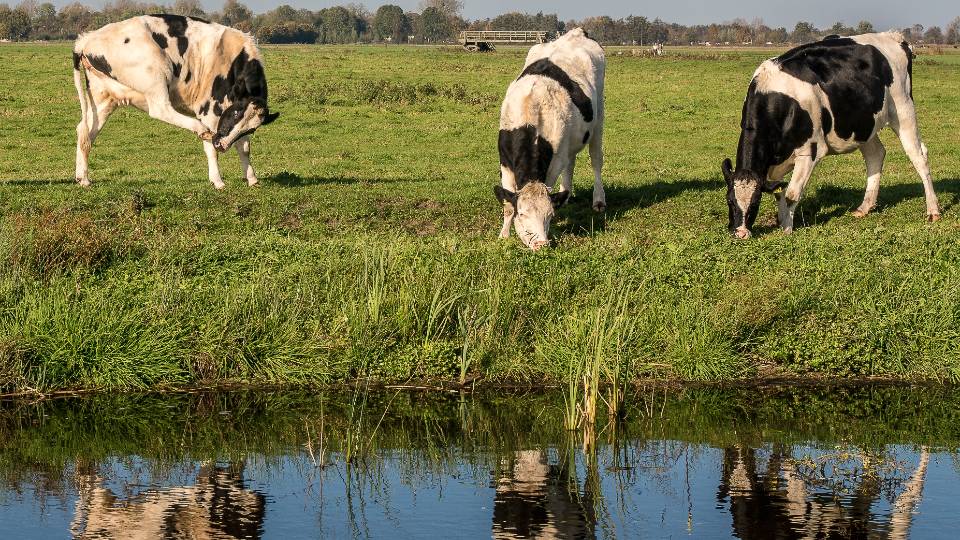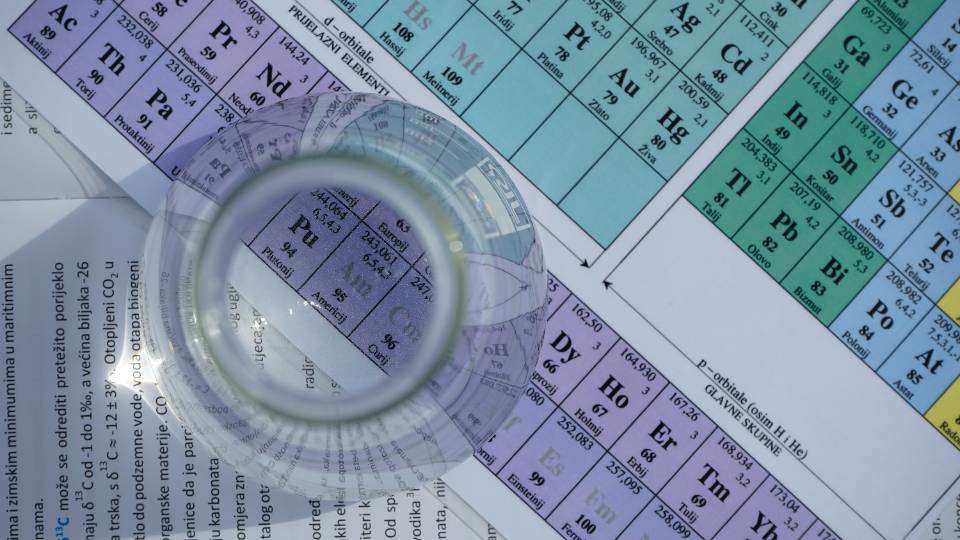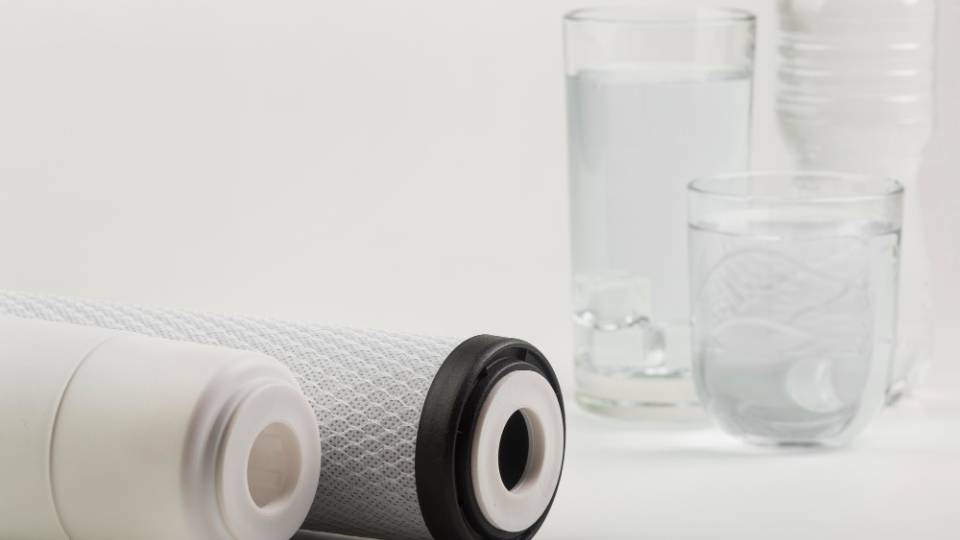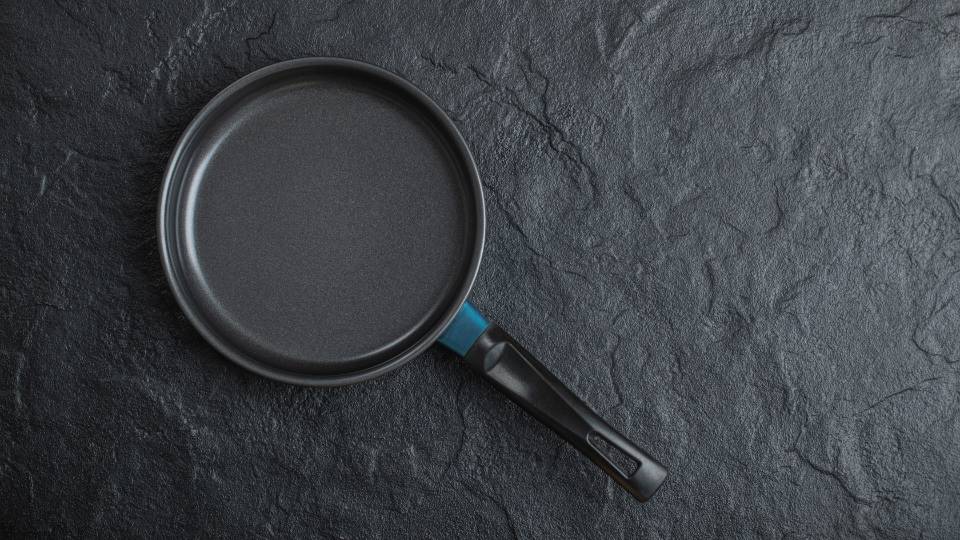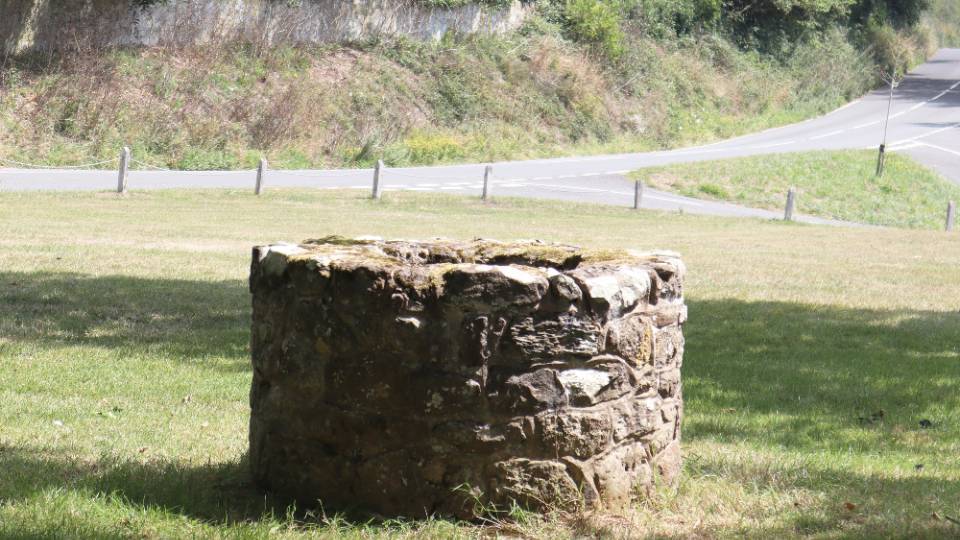Heavy Metals and Drinking Water
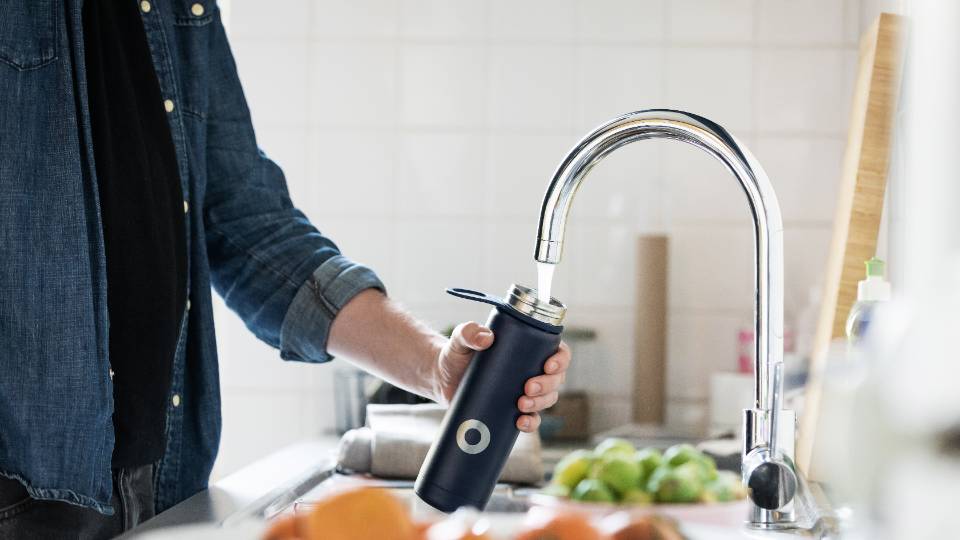
Heavy metals are elements that are detrimental to human health even at small concentrations. These include metals such as lead, cadmium, zinc, mercury, arsenic, silver, chromium, copper, and iron. These elements occur naturally in the earth’s crust, and can enter water systems through natural processes like erosion. Mining, emissions from vehicles, and certain manufacturing processes introduce excess particles of these elements into water systems.
Associated Health Risks
Different heavy metals have different health risks. Some metals have importance to human health in small quantities, but others have no known importance and can be toxic at low concentrations. Overall, common symptoms of heavy metal toxicity include gastrointestinal disorders, diarrhea, swelling and sores in the mouth, tremors, red urine due to the presence of hemoglobin, impaired coordination, paralysis, vomiting, convulsions, depression, and pneumonia[1].
How to Know if There are Heavy Metals in Your Water
Fortunately, while heavy metals can have very scary implications, the US government has guidelines in place to keep the public safe. Every year the Utah Department of Water Quality requires suppliers of public water systems to test their water for these contaminants and provide a report for water users. However, contamination can occur after the water has left the treatment facility. There are options for at-home testing, as well as labs in the area if you are concerned about your drinking water quality.
Well owners are responsible for their own water testing. Testing should be performed yearly, or more often if there are known problems with well water in your area, there is a noticeable difference in taste, color, or odor, or if you have repaired any part of your well system [2].
What to do if Your Water is Unsafe
If your testing results have found an unsafe amount of heavy metals, there are a few steps you can take.
Find the source of the contaminant and repair it
Install a distillation or reverse osmosis unit
Use bottled water for drinking and cooking
References
[1] Duruibe, J., & Ogwuegbu, M. (2007). Heavy metal pollution and human biotoxic effects. International Journal of Physical Sciences, 2(5), 112–118. https://academicjournals.org/journal/IJPS/article-full-text-pdf/59CA35213127[2] Well testing. (2023, February 23). www.cdc.gov.
Authors
Erin Rivers, Water Quality Extension Specialist; Abby Barton, Intern
Related Research



